For the rest of the day I decided to go sightseeing in the immediate area and then cap the day off with a drink at the Galle Face Hotel at the suggestion of my friends Heather and Sanjee Wickramarachi back in California. I braved the stifling heat yet again as I circumnavigated Beira Lake, just slightly east of where I was staying. Once I arrived at the opposite bank of the lake I came to a Buddhist temple, the Sima Malaka Meditation Centre. I removed my shoes, paid a small entrance fee (125 LKR = ~$1 USD), and quietly shuffled around the floating holy site. Young children flocked to stoic statues of Buddha to offer prayers and flowers. They pranced around freely and joyfully except for those few moments when they switched schemas to engage in personal introspection and unexamined ritual devotion. I took several photos, as respectfully as one could given the location and circumstances, gingerly popped my shoes back on, and continued up the plank that had led me to the multiple visions of Buddha sitting pensively all around the perimeter of the temple.
I made my way around the previously unexplored side of the lake and witnessed people peddling across the waters inside large white boats meant to look like giant majestic swans and young couples snuggling beneath the cool shade trees lining the cobblestone path overlooking the lake- a post-apocalyptic vision of maritime New England. After leaving the scene behind and nodding to the armed guard standing his post at the edge of the lake, I followed the empty street behind my hotel to areas unknown. Along the way I crossed railroad tracks that ran immediately behind residential housing and another military officer who wished me a good day (the only such time any member of the armed forces engaged me in conversation). Finally, I came upon one of those psychedelic Buddha statues I mentioned in a previous post. Of course I had to commemorate the finding with several photographs. The installation was at once visually mesmerizing and seemingly contradictory, since based on what little I know of Buddha's teachings I'm not sure he would have sanctioned busts in his likeness randomly erected throughout the city and adorned with an electric neon halo that looked like a cheap fireworks display. Unsure where the end of the road would lead, I reversed course and returned to the back of my hotel where an attendant opened the large iron gate to let me in once I flashed my room card.
Gratefully I passed through the intensely air-conditioned interior of the hotel until I left through the front door, opened in advance by a white-gloved gentleman. This time I headed north on Galle Road. After rejecting the solicitations of what seemed like a dozen enterprising trishaw drivers, I found myself at the Galle Face Hotel, only a few yards from where my swindling guide flew out of our cab with my 1000 LKR note in the clutches of his dishonest grip. This time would be different, I told myself. Walking up to the Galle Face Hotel can make one feel poor and insignificant, like standing outside the ropes of the red carpet during the Oscars wearing overalls. What began as a Dutch villa in 1864 has since developed into a kind of monumental colonial compound that is as architecturally stunning as it is physically imposing. A secular temple where deep-pocketed adherents worship the decadence of Sri Lanka's imperial past, it has accommodated the likes of Richard Nixon, John D. Rockefeller, and Princess Alexandra of Denmark. Approaching the building in a plaid buttoned down shirt and shorts, I felt it would be any second before I was handed a shovel to dig garden trenches or towel to drape over my arm and begin taking orders from paying guests. To my surprise, I was welcomed inside without any interrogation. Once in the lobby I asked a gentleman if he could direct me to the bar, and he led me down a stately corridor to a breezy indoor-outdoor patio- the Verandah. I walked down to the gravel track separating the manicured lawn from the ferocity of Sri Lankan sunset waves. A lone national flag positioned at the edge of the track whipped violently in the ocean air. I turned back to have a seat on the terrace, a checkerboard island floating in a sea of low-cut grass, which looked out onto the crescendoing seas and fading sun. After mulling over the drink list, I selected a most appropriate beverage, a variation on the British Pimm's Cup called "Old World Charm," which substituted lime and native cinnamon sticks for the requisite cucumber slice. Surrounded mainly by attractive, swimsuit-clad European couples who had similarly emerged to celebrate the romance of life by imbibing a tropical drink at dusk in the presence of godly water and heavenly sun, I toasted to the end of the day and to the privilege of birth and experience afforded by merit which enabled me to enjoy that golden moment in my existence. I may have been by myself, but I was not alone.
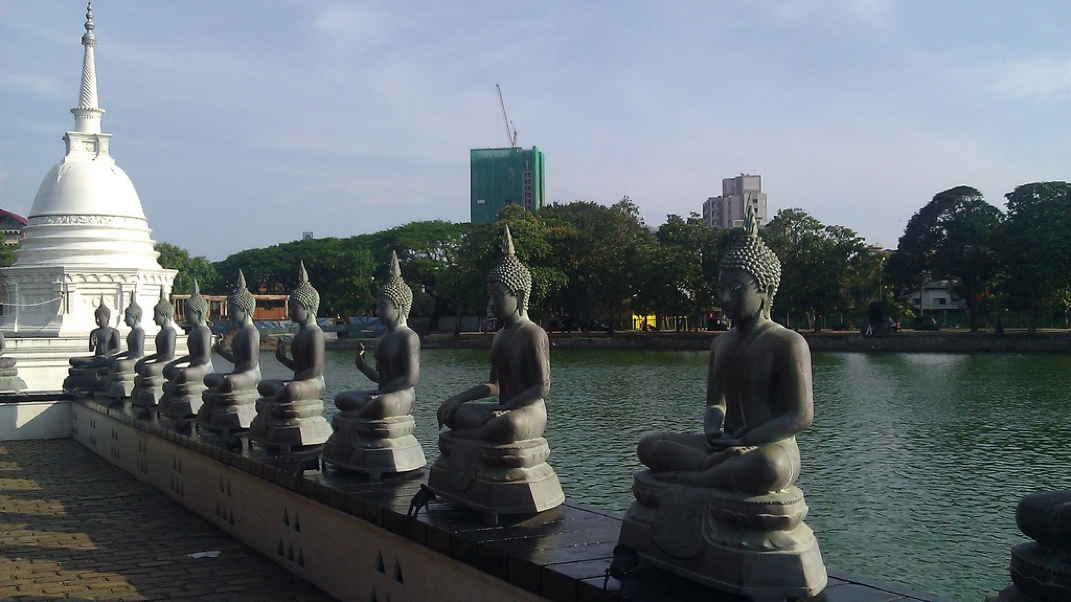
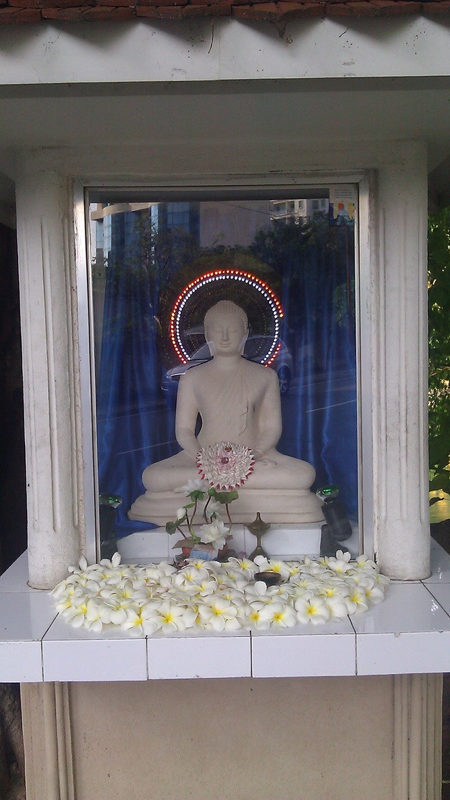
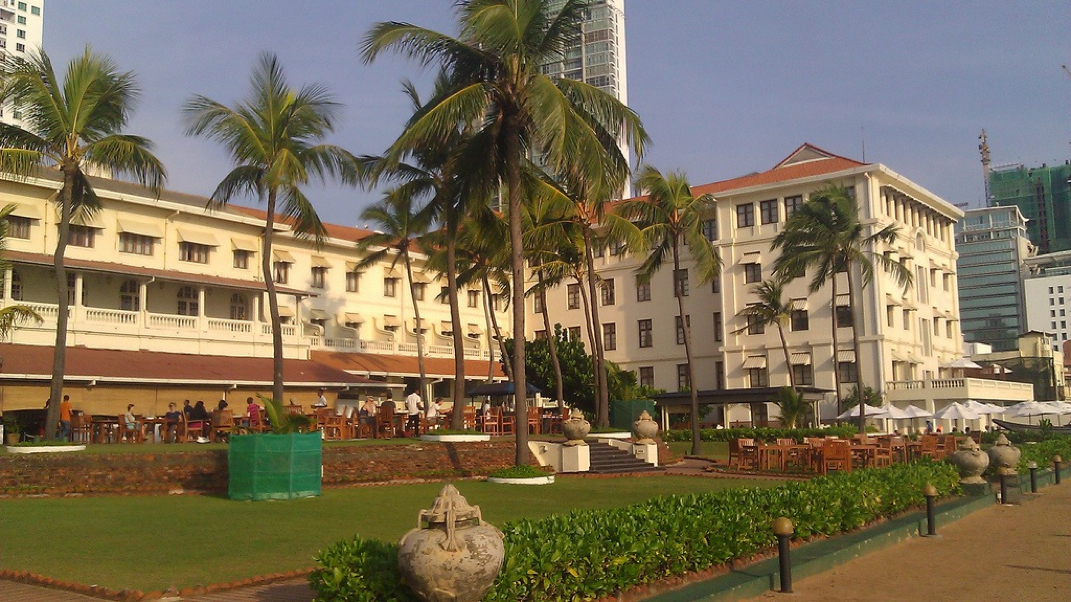
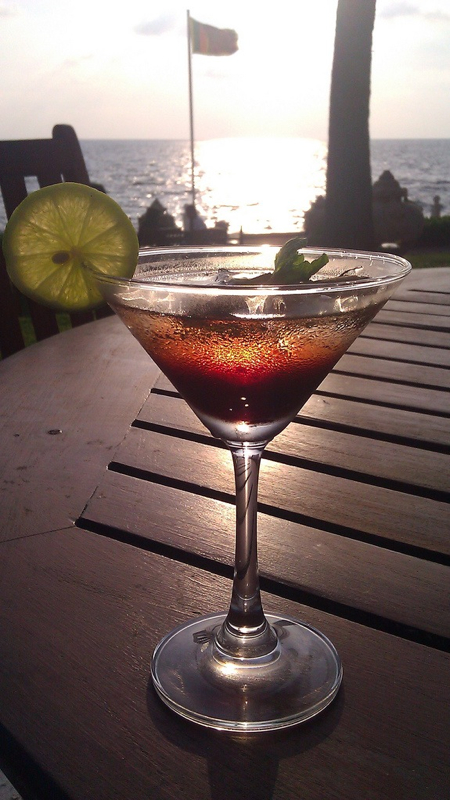
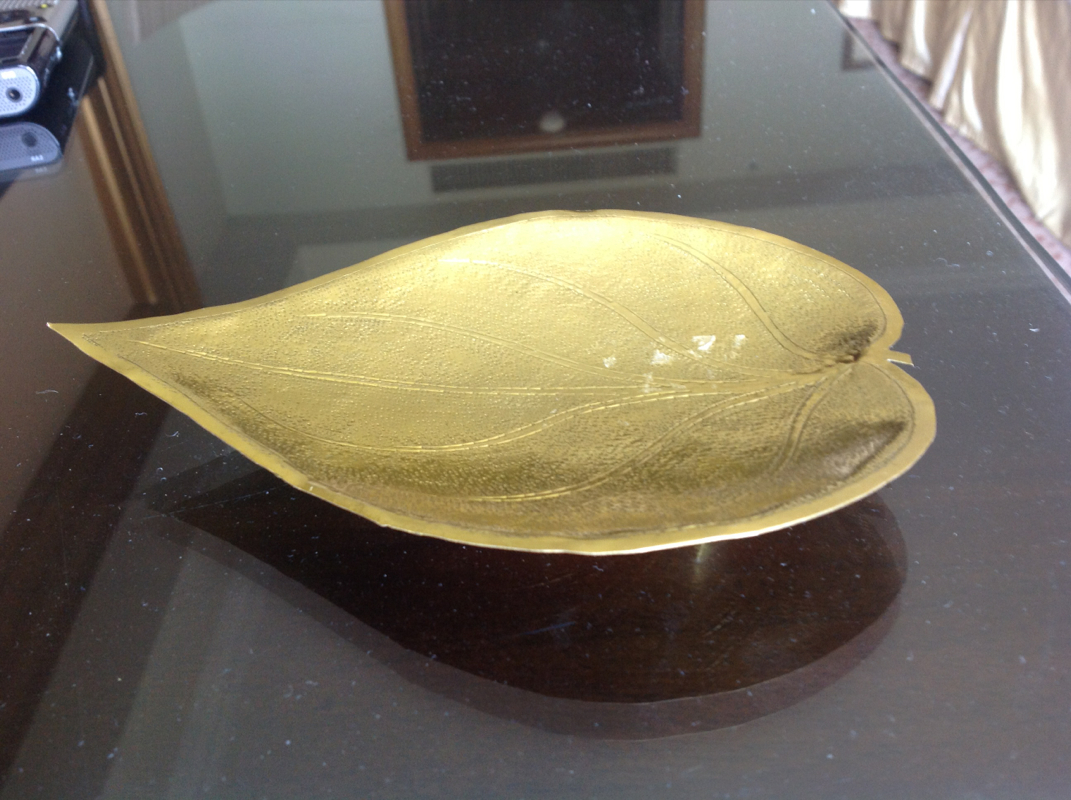
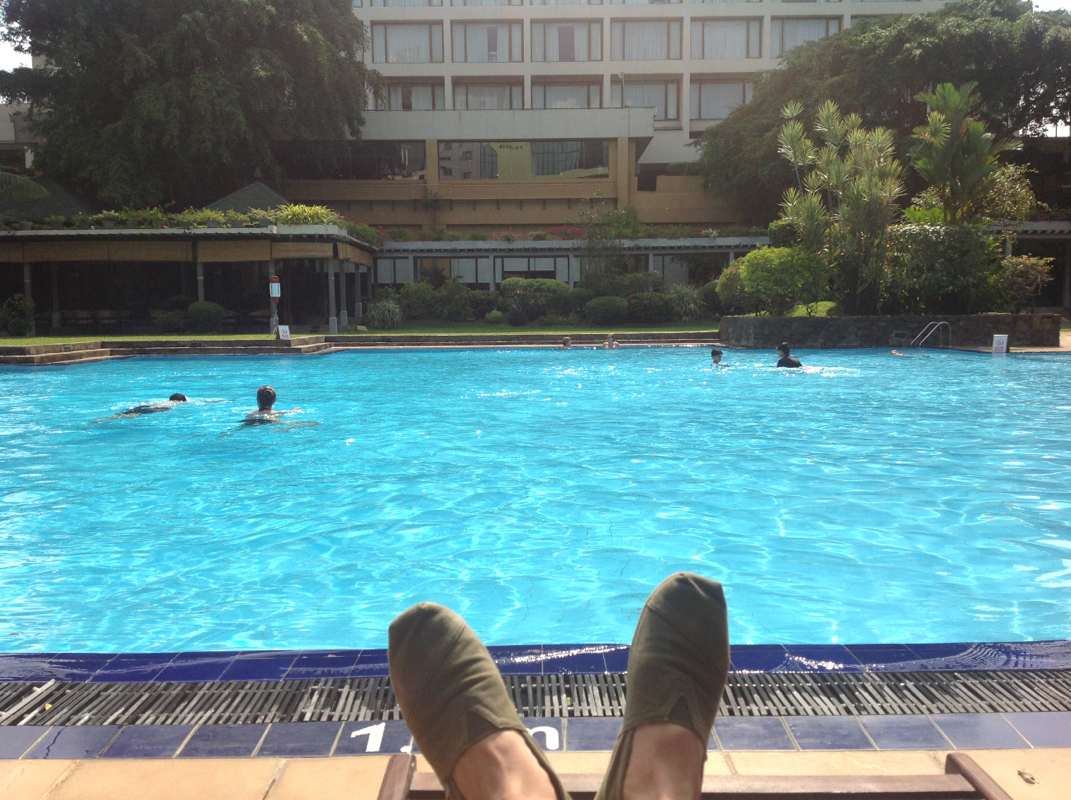
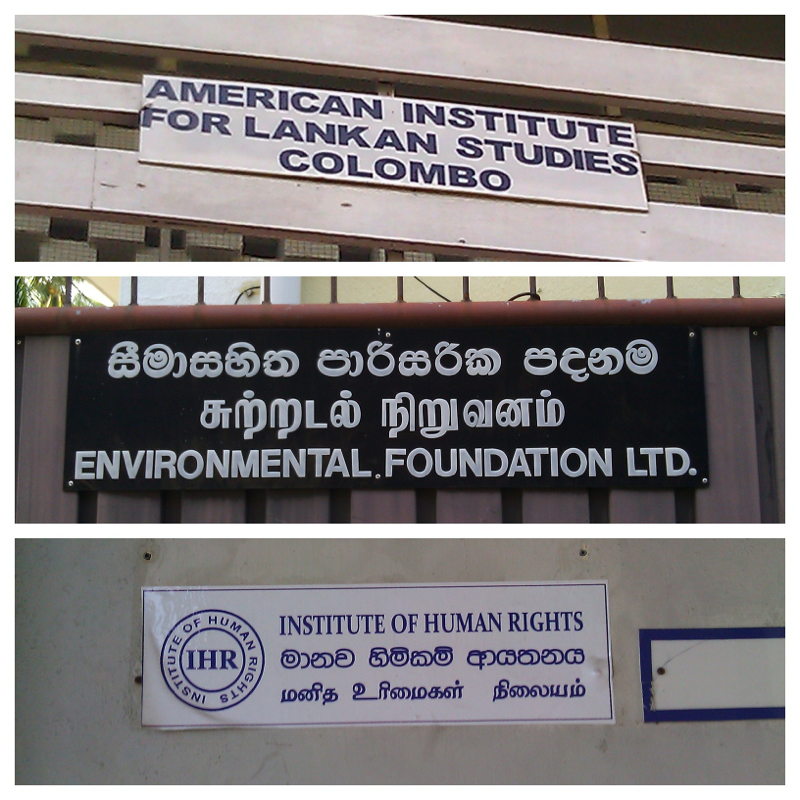
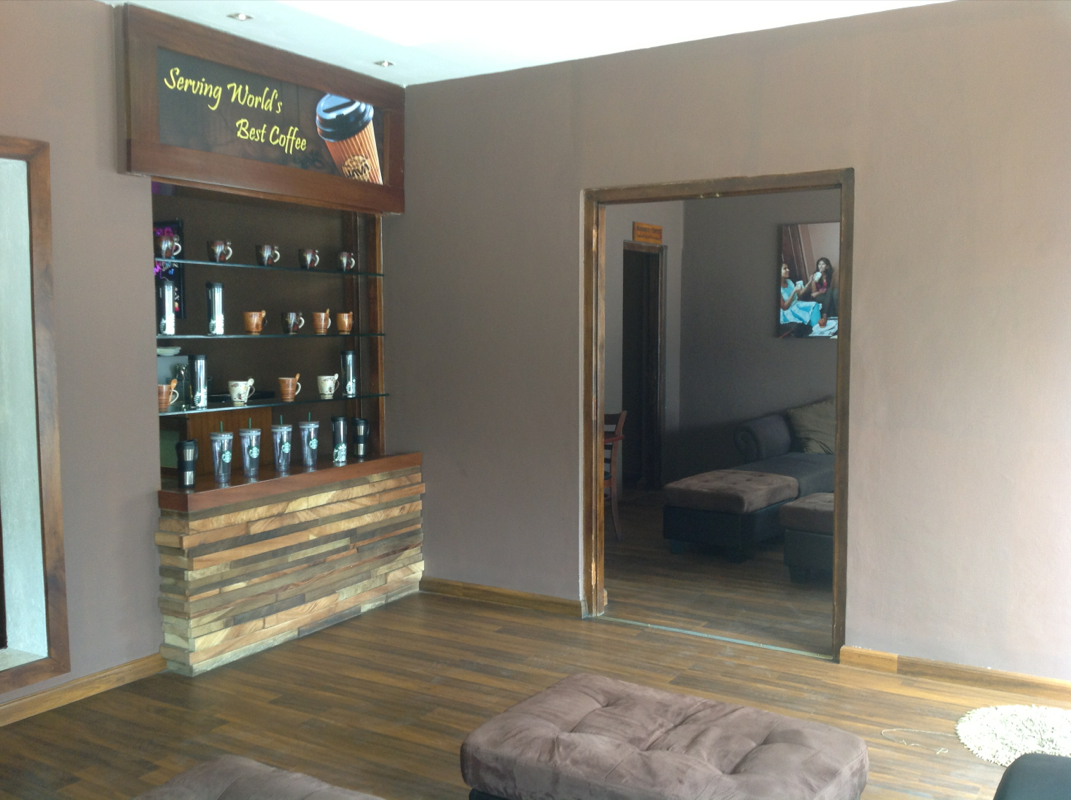
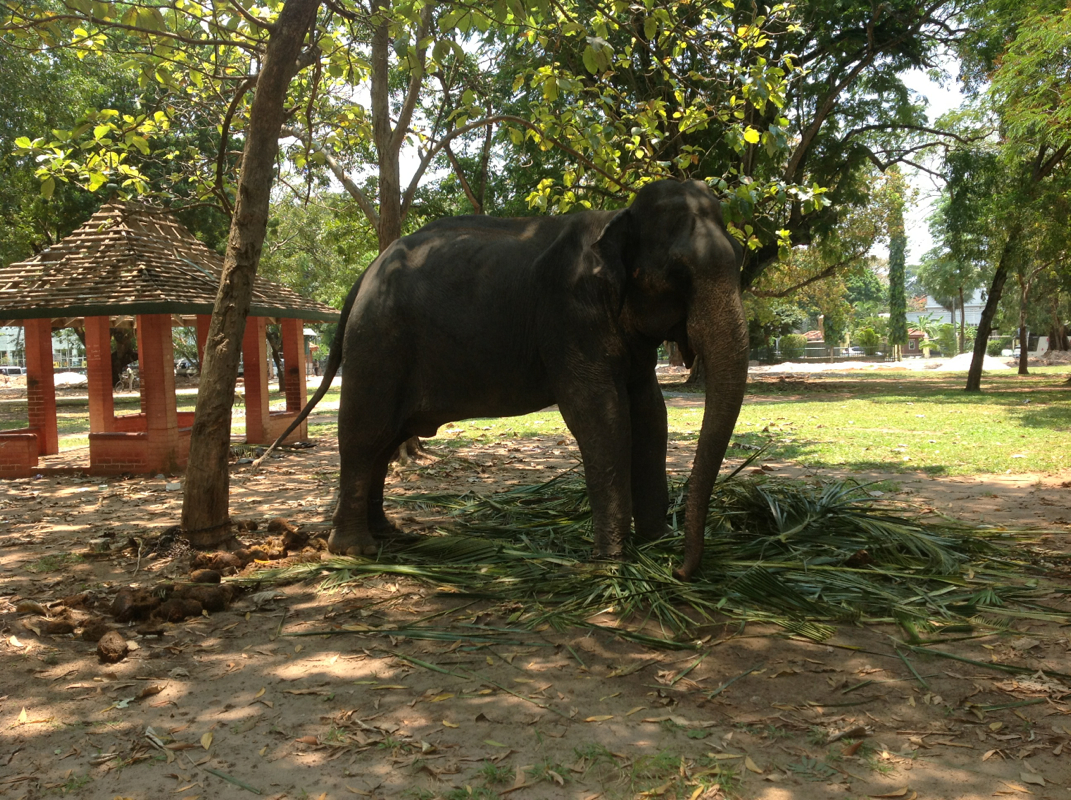
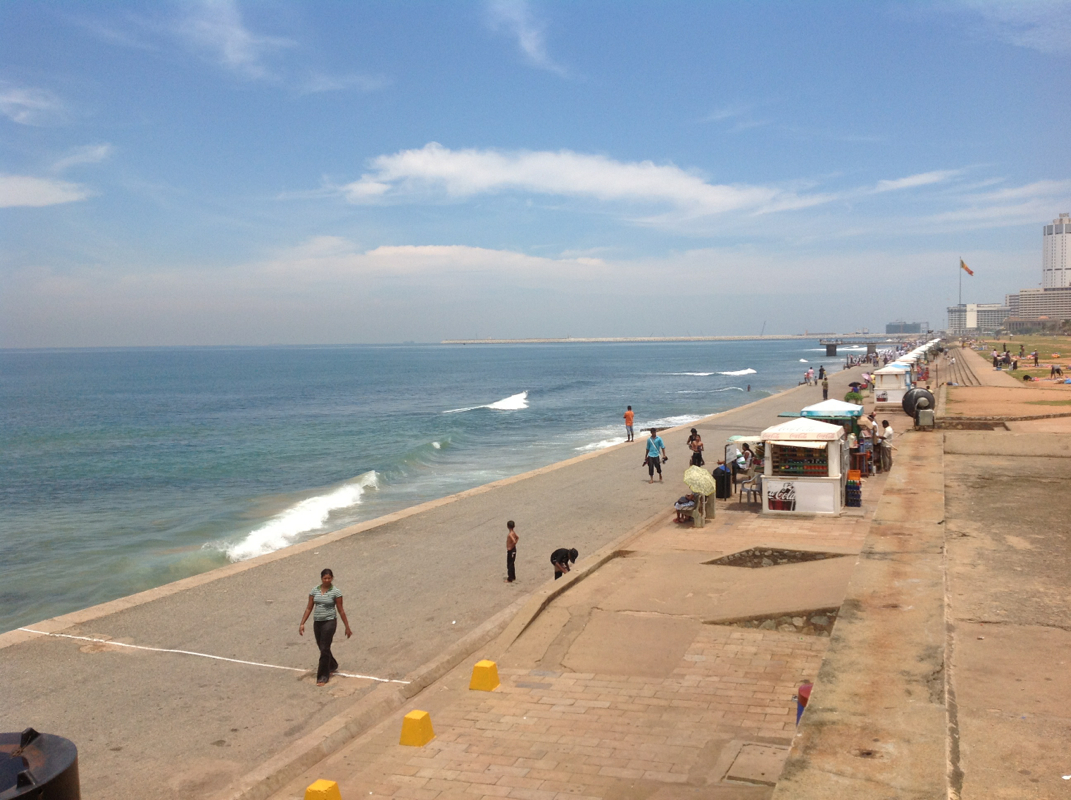
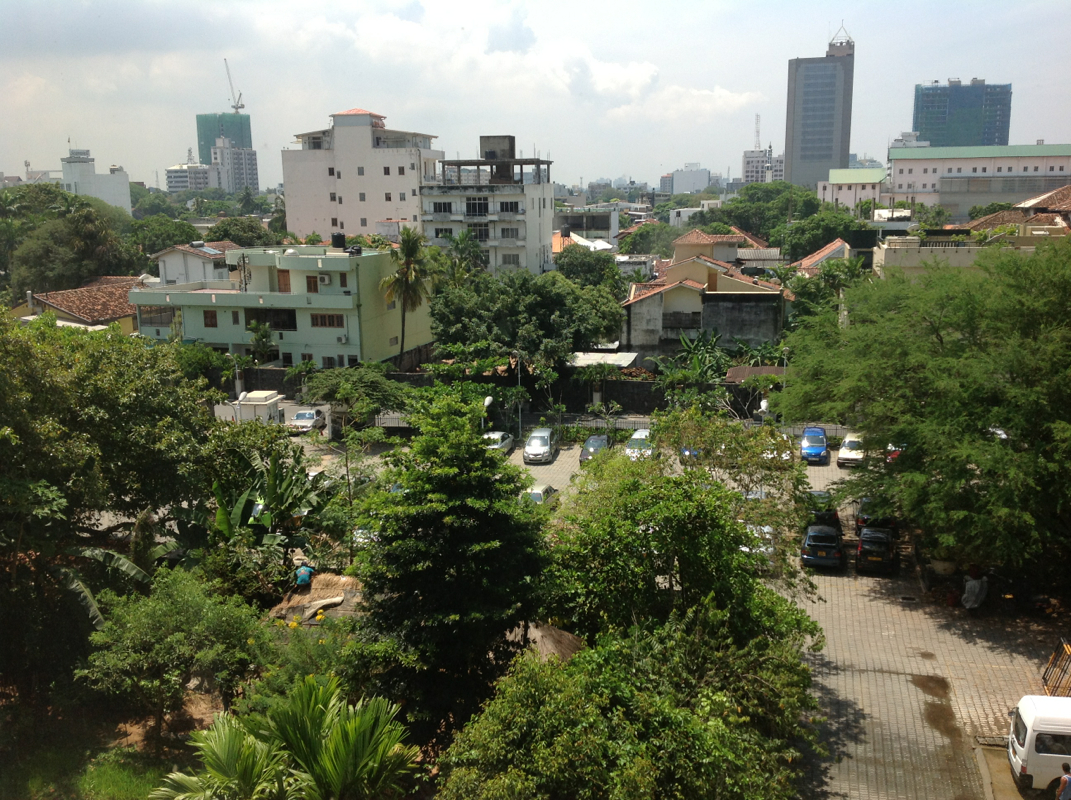
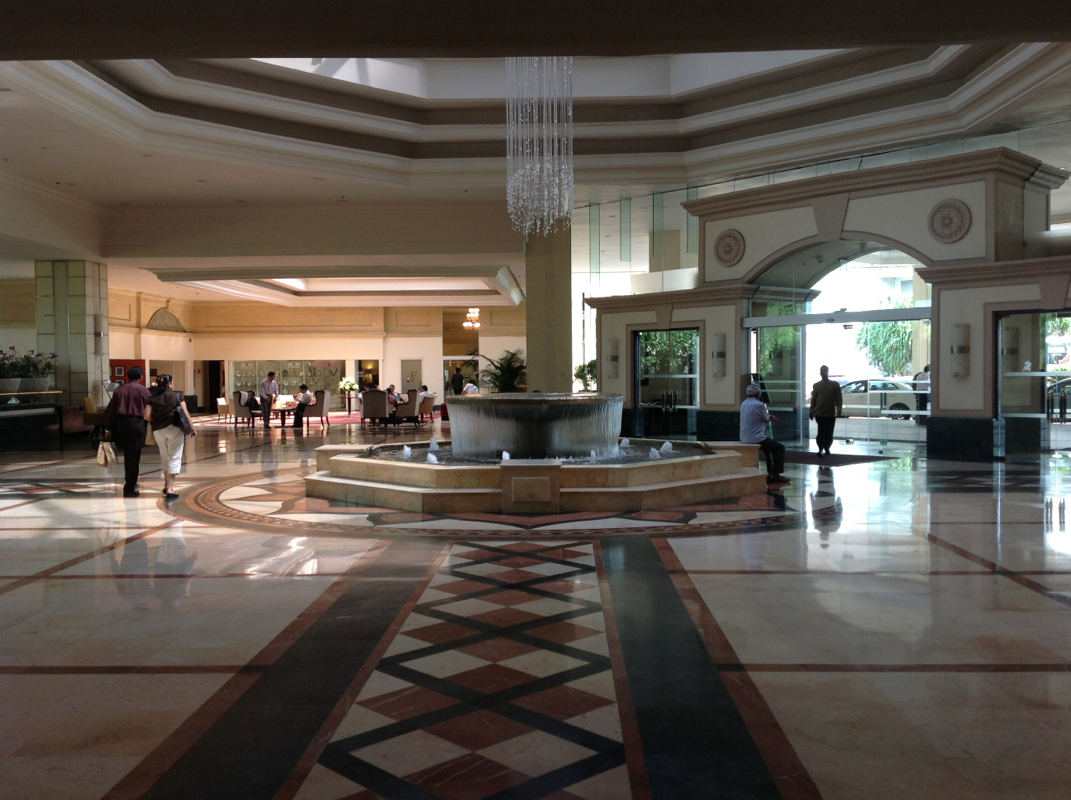
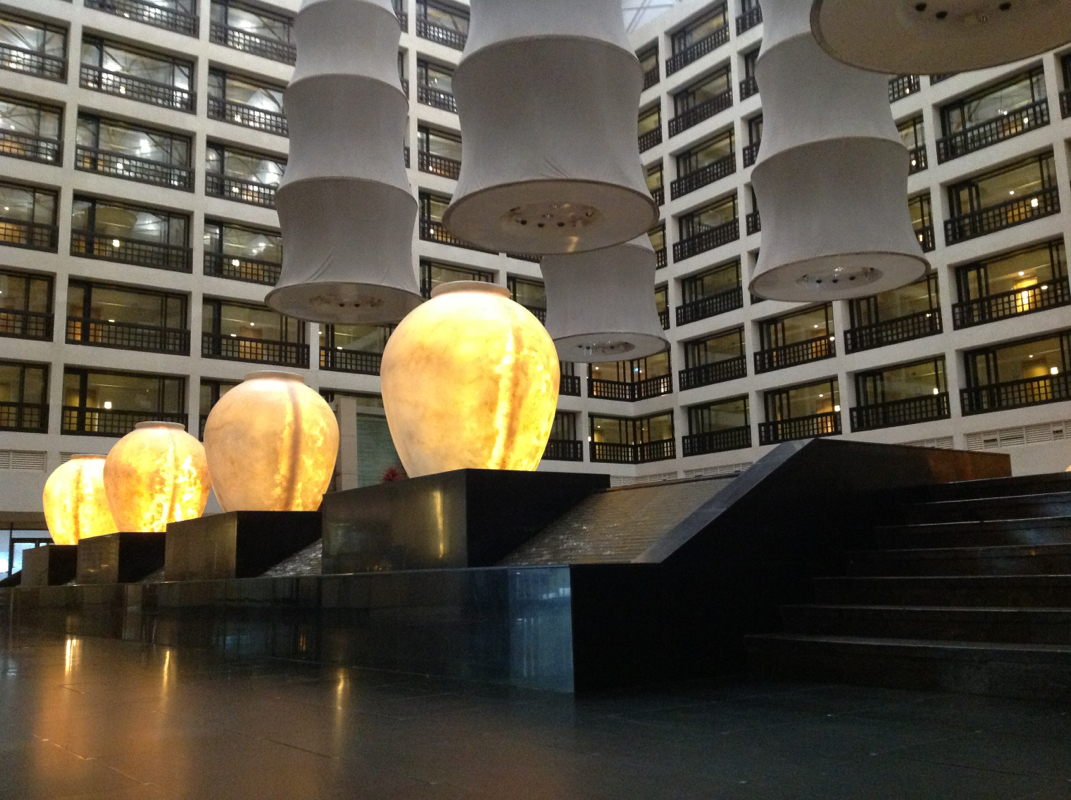
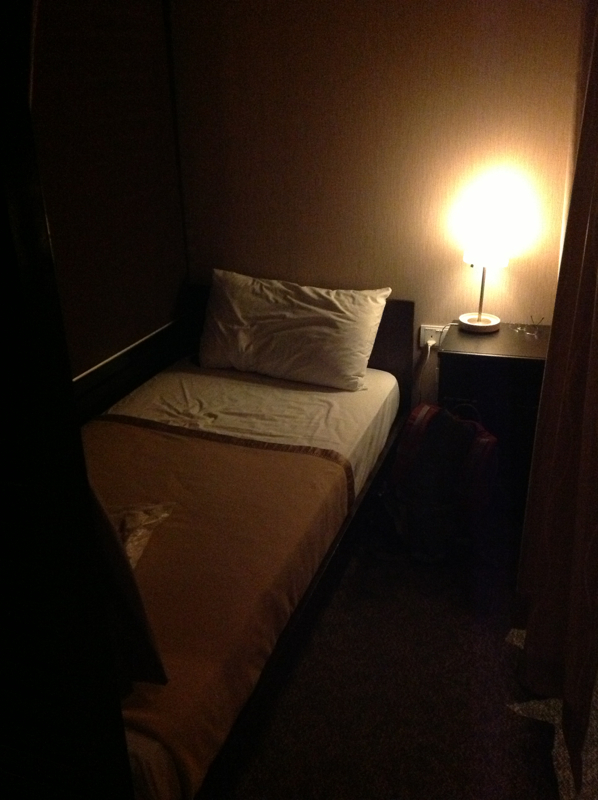
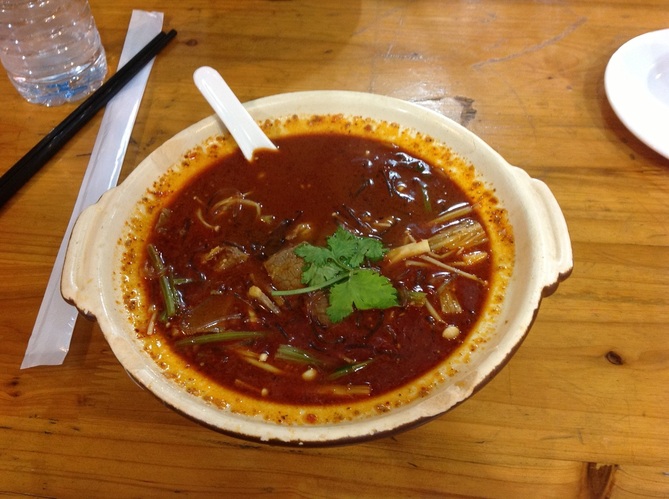
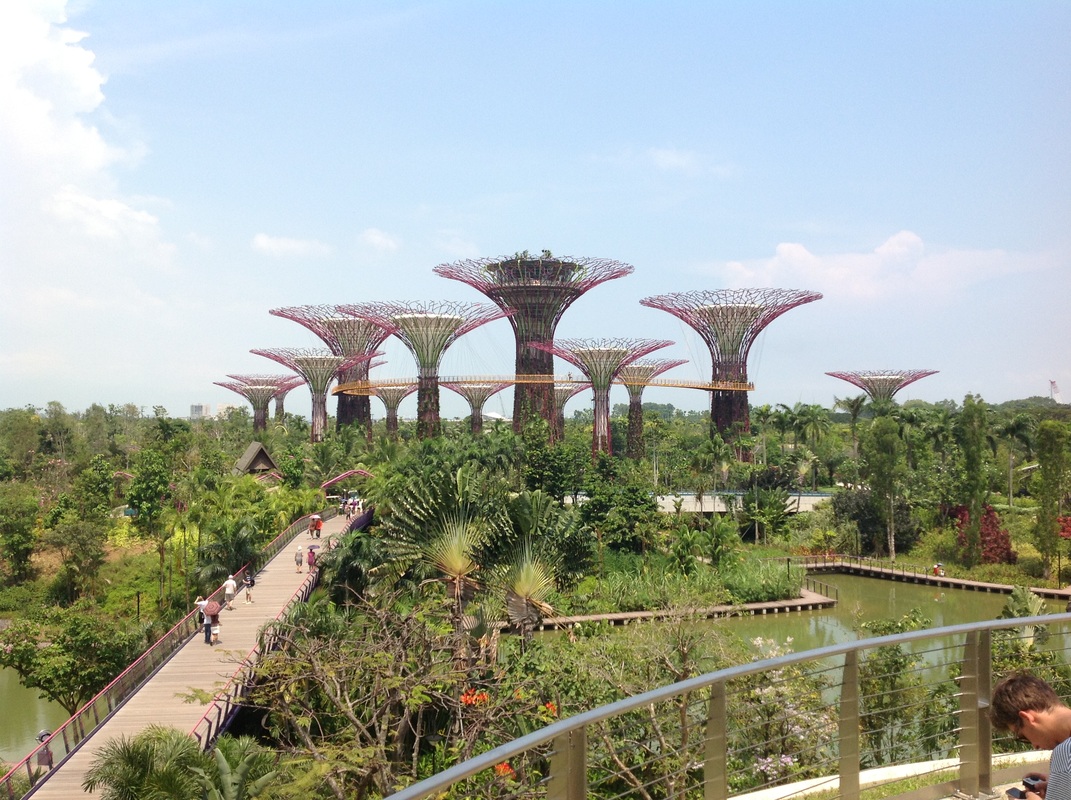
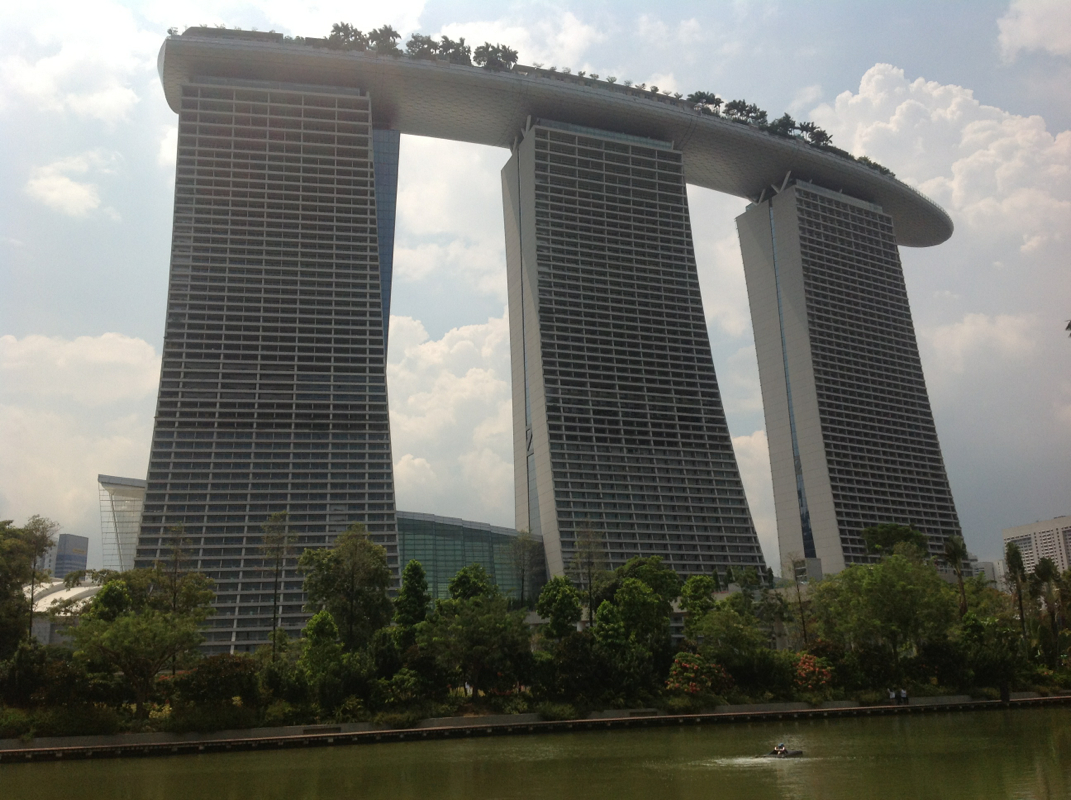
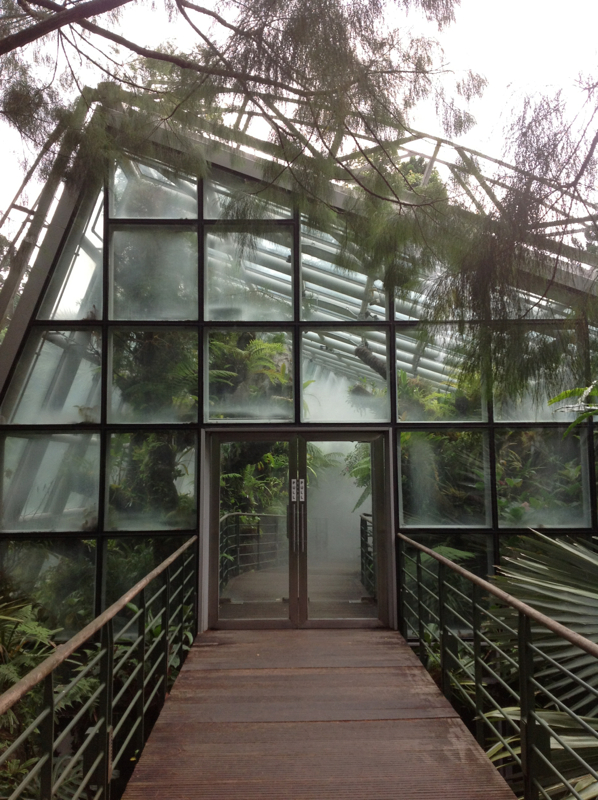
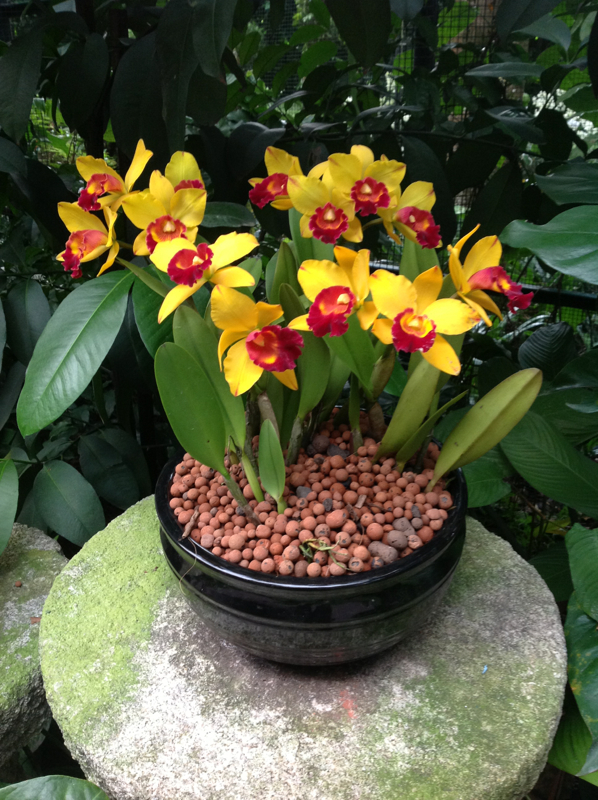
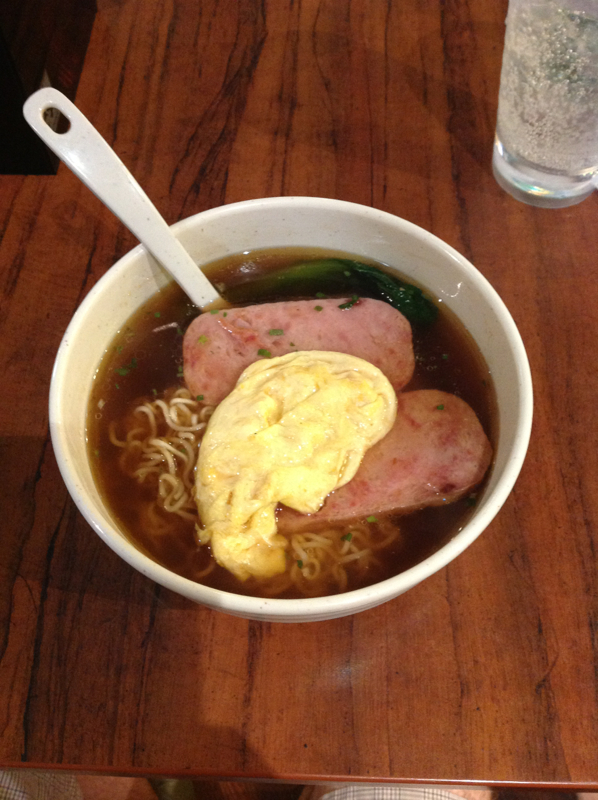
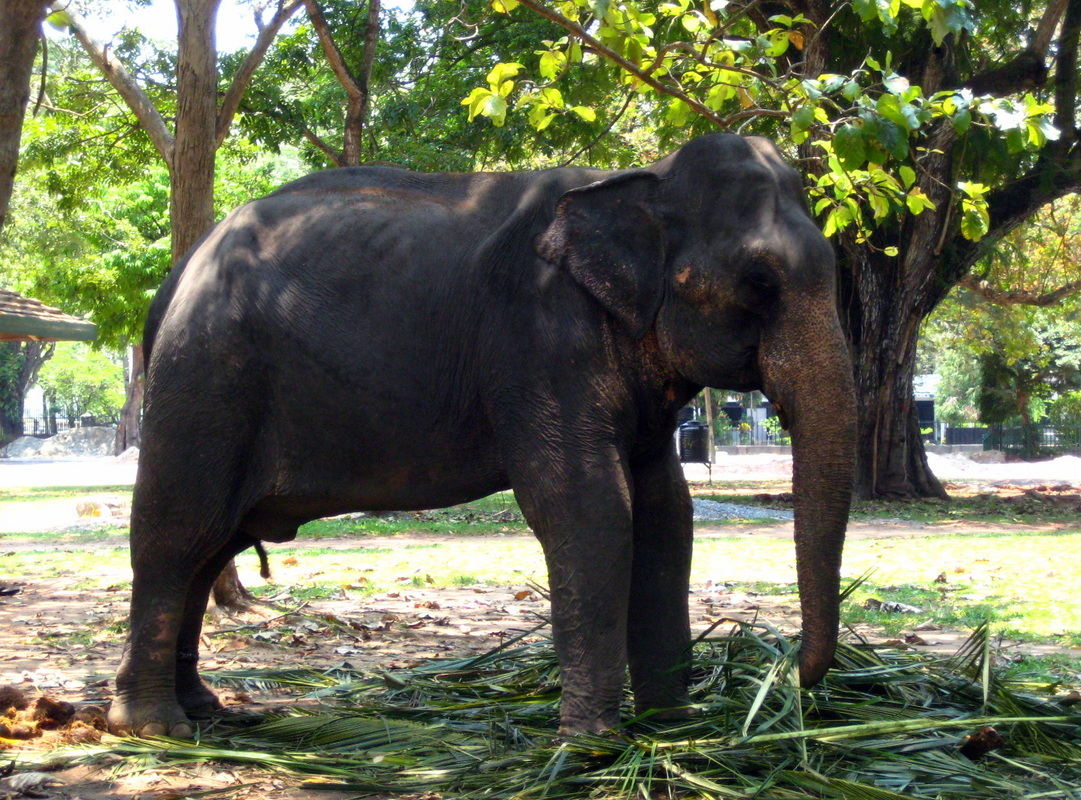
 RSS Feed
RSS Feed